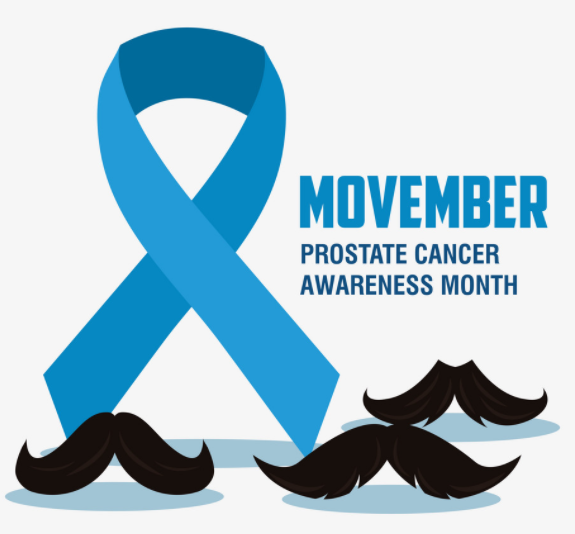Early-stage prostate cancer usually has no symptoms. More advanced disease shares symptoms with benign prostate conditions, including weak or interrupted urine flow; difficulty starting or stopping urine flow; the need to urinate frequently, especially at night; blood in the urine; or pain or burning with urination. Late-stage prostate cancer commonly spreads to the bones, which can cause pain in the hips, spine, ribs, or other areas.
Treatment decisions should be based on clinician recommendations and patient values and preferences. Recent changes in the grading system for prostate cancer have improved tumor characterization and disease management. Careful monitoring of disease progression (called active surveillance) instead of immediate treatment is appropriate for many patients, particularly men who are diagnosed at an early stage, have less aggressive tumors, and are older. Treatment options include surgery, external beam radiation, or radioactive seed implants (brachytherapy). Hormonal therapy may be used along with surgery or radiation in more advanced cases. Treatment often impacts a man’s quality of life due to side effects or complications, such as urinary and erectile difficulties, which may be temporary or long term. Current research is exploring new biologic markers for prostate cancer to minimize unnecessary treatment by improving the distinction between indolent and aggressive disease. Prostate cancer that has spread to distant sites is treated with hormonal therapy, chemotherapy, radiation therapy, and/or other treatments. Hormone treatment may control advanced prostate cancer for long periods of time by shrinking the size or limiting the growth of the cancer, thus helping to relieve pain and other symptoms. Chemotherapy may be given along with hormone therapy, or it may be used if hormone treatments are no longer effective. An option for some men with advanced prostate cancer that is no longer responding to hormones is a cancer vaccine designed to stimulate the patient’s immune system to attack prostate cancer cells specifically. Newer forms of hormone therapy have been shown to be beneficial for treating advanced disease. Other types of drugs can be used to treat prostate cancer that has spread to the bones.
No organizations presently endorse routine prostate cancer screening for men at average risk because of concerns about the high rate of overdiagnosis along with the high potential for serious side effects associated with prostate cancer treatment. Rather, many organizations recommend an “informed decision-making” approach whereby men are educated about screening and encouraged to make a personal choice. The American Cancer Society recommends that beginning at age 50, men who are at average risk of prostate cancer and have a life expectancy of at least 10 years have a conversation with their health care provider about the benefits and limitations of prostate-specific antigen (PSA) testing and make an informed decision about whether to be tested based on their personal values and preferences. Men at high risk of developing prostate cancer (black men and those with a close relative diagnosed with prostate cancer before the age of 65) should have this discussion beginning at age 45, and men at even higher risk (those with several close relatives diagnosed at an early age) should have this discussion beginning at 40.
The majority (90%) of prostate cancers are discovered at a local or regional stage, for which the 5-year relative survival rate approaches 100%. The 5-year survival for disease diagnosed at a distant stage is 30%. The 10-year survival rate for all stages combined is 98%.
